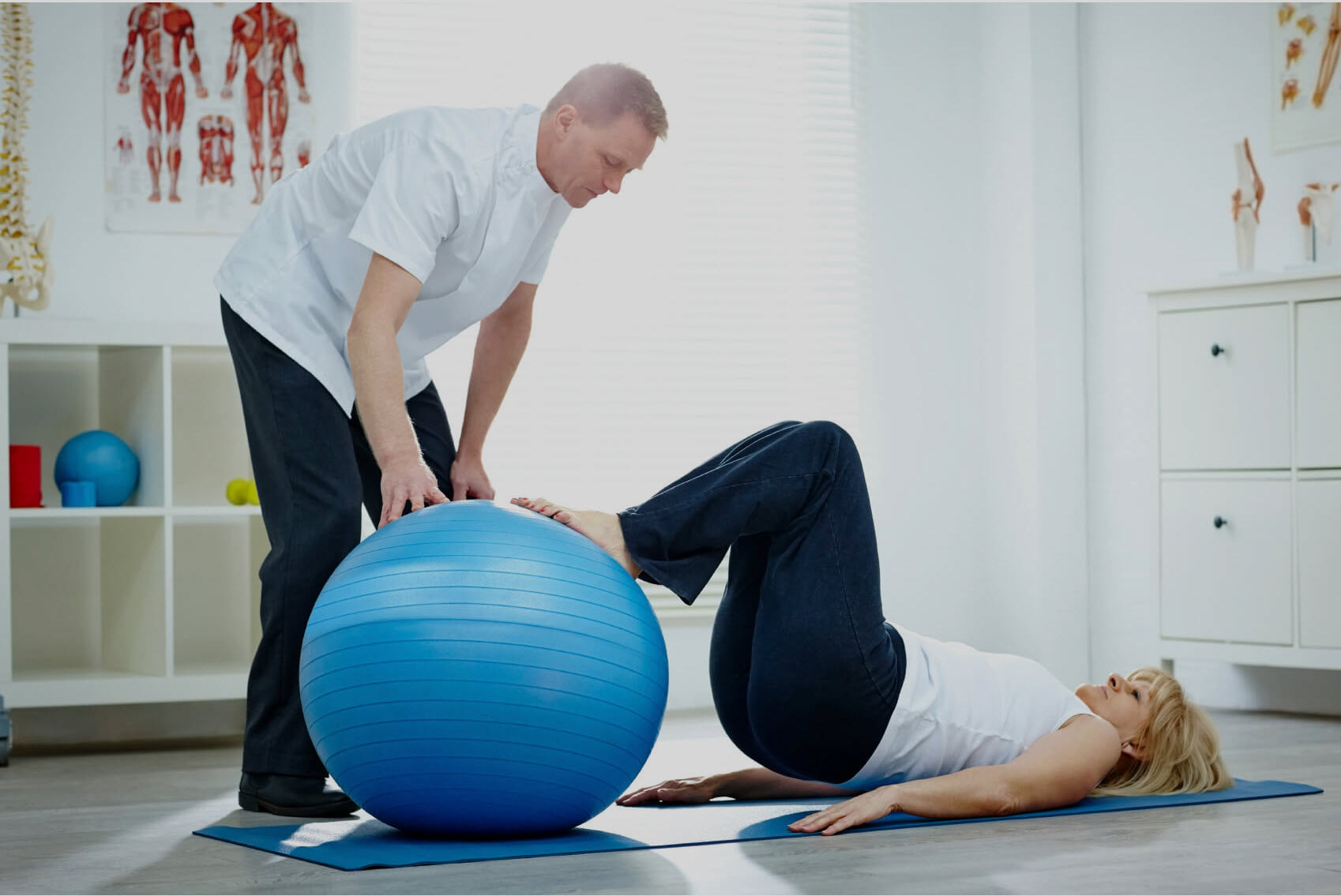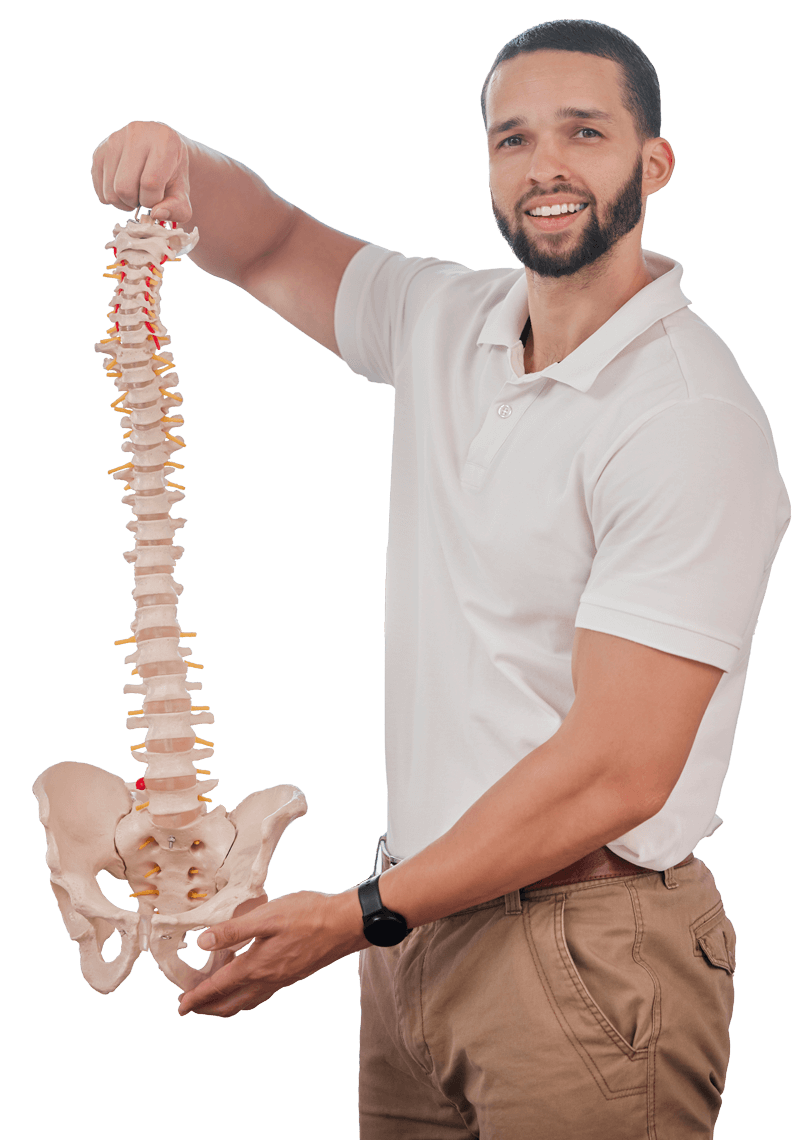Intro – What Is Urinary Incontinence?
Urinary incontinence is the situation where you lose the bladder control. It is a common problem which may have a large impact on the quality of life. This can create embarrassing situation due to uncontrolled leakage of urine. It is not some sort disease but it’s important to consult a doctor when this type of issue arises. This breakdown can range from the occasionally leaking of urine when you coughed to instant urinate force that should be completed immediately. Clinically, this is also known as involuntary urination.
This is more happening in the period of childhood or during the retirement age. In simple words, you can say it bed – wetting. There is four main type of incontinence :
- Urge incontinence
- Stress incontinence
- Overflow incontinence
- Functional incontinence
Causes – What Are the Risk Factors Behind the Urinary Incontinence?
It most often occurs after Pelvic surgery, pregnancy, childbirth, and menopause. It may also arise due to the daily activities like coughing, sneezing, laughing, exercising or lifting something heavy. The main issues that can spreads this risk are-
- Drinks & Liquor- Certain drinks may act as dramatics like Alcohol, Caffeine, Carbonated drinks, and sparkling water can activate your bladder.
- Spicy Food – Foods that are high in spice, sugar or acid, Artificial sweeteners, Chocolate, Chilli peppers causing you to have strong urges to urinate, and sometimes incontinence.
- Vitamin C – Large doses of vitamin C in the form of lemon, sweet lime, orange etc. increase the volume of urine.
- Medical Problems- Problems like neurological disorders, and urine infections can irritate your bladder
Symptoms– How to Diagnosis the Urinary Incontinence?
As you get older, the gender and age play a crucial role, indicating a more-serious underlying condition. It’s important to see a doctor when you notice any or a mixture of the following signs.
- You are not able to do your activities and limit your social interactions.
- You feel the risk of falls as you walk or rush to the toilet.
- Experience occasional, minor leaks of urine.
- Urinate often, including throughout the night.
How Physio Can Help– What Are the Treatments of the Urinary Incontinence?
Care2Cure helps the patient providing the applicable Behavioural Remedies and Kegel Exercises on individual basis analysis and examination. They create the best atmosphere with the most advanced therapeutic methods and exercises to strengthen the muscles that help hold in urine.
Professionals in the centre may see a pattern and suggest making it a point to use the bathroom at regularly timed intervals, a habit called timed voiding. Highly trained staffs are so well-informed in advance that you may feel your bladder control improves in 3 to 6 weeks.
However, the critical cases of Urinary incontinence are treated using Vaginal Devices, medications, Injections and surgery options.
Author’s Bio –
Care2Cure is the physiotherapy centre to provide with the unique and advanced technology, techniques, treatments, and therapies under the watchful eye of the skilled professionals with the goal to achieve the healthy lifestyle of the client.


